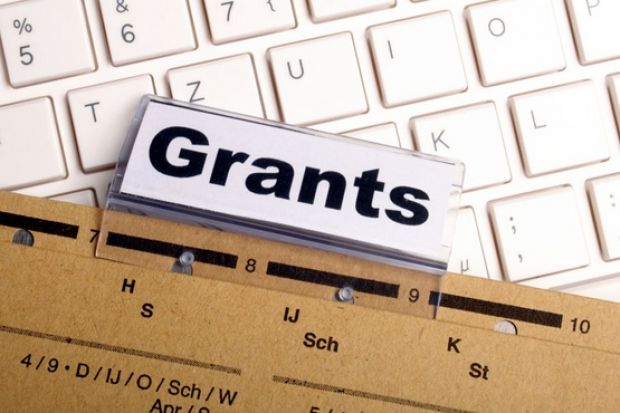Leverhulme Trust
Research Project Grants
Sciences
- Award winner: Martin Buck
- Institution: Imperial College London
- Value: £241,106
Quantitative live cell imaging of enhancer-dependent gene expression
- Award winner: Michael Jackson
- Institution: Newcastle University
- Value: £172,955
Mechanisms and impact of post-transcriptional exon shuffling (PTES) in mammals
- Award winner: Joanna Setchell
- Institution: Durham University
- Value: £67,325
Stress, life history and dental development in primates
International Networks
Humanities
- Award winner: Robert Stern
- Institution: University of Sheffield
- Value: £86,501
Idealism and pragmatism: convergence or contestation?
Action Medical Research
Research Project Grants
- Award winner: Michael Fagan
- Institution: University of Hull
- Value: £139,348
Perthes’ disease: identifying who is at risk and why
- Award winner: David Towers
- Institution: University of Leeds
- Value: £135,692
Spine curvature: helping children with scoliosis to breathe
- Award winner: Christopher Linington
- Institution: University of Glasgow
- Value: £51,824
Multiple sclerosis: what causes damage and destruction of the nervous system?
Economic and Social Research Council
DFID-ESRC Growth Research Programme
- Award winner: Svetlana Andrianova
- Institution: University of Leicester
- Value: £286,800
Politics, finance and growth
- Award winner: Elizabeth Harrison
- Institution: University of Sussex
- Value: £231,367
Innovations to promote growth among small-scale irrigators in Africa: an ethnographic and knowledge-exchange approach
In detail

Award winner: Robert Nudds
Institution: University of Manchester
Value: £148,988
Reconstructing the flight capabilities of feathered fossils
“Bird flight has captured the imagination of scientist and layman alike,” wrote Robert Nudds in a recent issue of the Leverhulme Trust’s newsletter. “Yet despite a history of study stretching back at least as far as Leonardo da Vinci, our knowledge of this subject remains incomplete.” The aim of this project is to reconstruct the flight ability of feathered fossil species using different theoretical approaches to inform the understanding of the evolution of flight in birds. Significant knowledge gaps are the amount of force that acts upon the individual wing feathers of bird wings during flight and the overall force distribution across different bird wing shapes, and upon wings during different types of flight. This research project aims to determine these forces and then use this knowledge to postulate the flight abilities of extinct feathered species such as Archaeopteryx.
